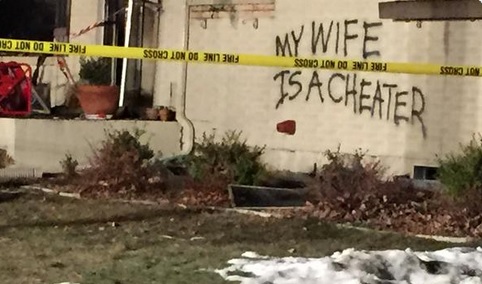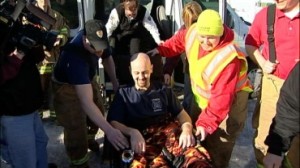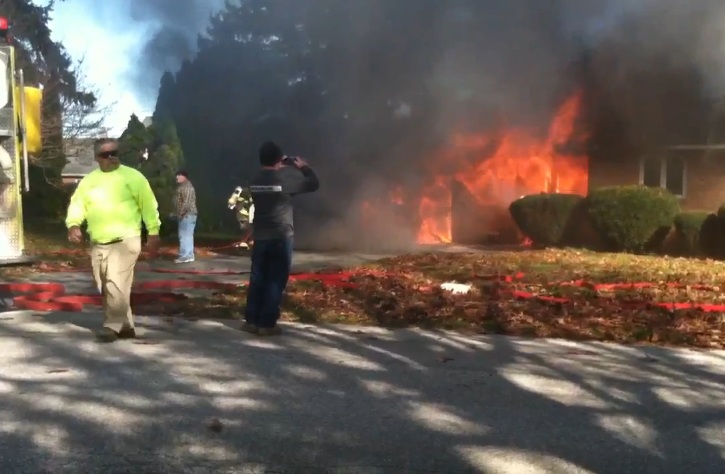The First Amendment lives. U.S. Court of Appeals in Boston says there is nothing illegal about shooting video of police doing their jobs.
Appeals Court opinion doesn't give a lot of support to the belief of the EMS crew member in this July 22, 2011 video from Coudersport, Pennsylvania that she can decide who takes her picture in a public place.
Read entire opinion from U.S. Court of Appeals for the First Circuit
Previous coverage of cameras & first responders
Watch ACLU video that includes cell phone video that lead to arrest
We have written often about confrontations between first responders and the people who take pictures of them doing their jobs. The videos on this page are two of the most recent ones we have posted. The discussion has been quite animated, with some in our comments section believing that police, fire and EMS have a say in what the press and private citizens can and can't shoot in a public place.
I have often expressed my bias in this conversation as a strong supporter of the First Amendment. In an important ruling that addresses new technology and the reality that cameras are everywhere, I am very happy to report the U.S. Court of Appeals for the First Circuit has the same view I do.
The case involves Simon Glik who was arrested in 2007 after using his cell phone to record an arrest by police on Boston Common where Glik thought excessive force was being used.
Police claimed Glik was violating Massachusetts law prohibiting audio recording without the consent of the person being recorded.
Here's an excerpt from an article by Robin Harris at zd.net.com:
Glik was charged with wiretapping, disturbing the peace and aiding the escape of a prisoner. The last was so silly the state dismissed the charge.
The Boston Municipal Court found Glik not guilty of the other charges, noting the audio recording was not secret and carried out in plain view. Glik complained to the police, but they refused to investigate, so he filed a civil rights suit for violation of his 1st and 4th Amendment rights.
Last Friday the court issued a ruling agreeing with Simon Glik that his rights were violated.
The opinion touches on many of the issues we have discussed in this forum about just who the press is these days and what rights the public has in using their cameras. Here is some of the operative language from the ruling.
The First Amendment issue here is, as the parties frame it, fairly narrow: is there a constitutionally protected right to videotape police carrying out their duties in public? Basic First Amendment principles, along with case law from this and other circuits, answer that question unambiguously in the affirmative. It is firmly established that the First Amendment’s aegis extends further than the text’s proscription on laws “abridging the freedom of speech, or of the press,” and encompasses a range of conduct related to the gathering and dissemination of information. As the Supreme Court has observed, “the First Amendment goes beyond protection of the press and the self-expression of individuals to prohibit government from limiting the stock of information from which members of the public may draw.”
Moreover, changes in technology and society have made the lines between private citizen and journalist exceedingly difficult to draw. The proliferation of electronic devices with video-recording capability means that many of our images of current events come from bystanders with a ready cell phone or digital camera rather than a traditional film crew, and news stories are now just as likely to be broken by a blogger at her computer as a reporter at a major newspaper. Such developments make clear why the news-gathering protections of the First Amendment cannot turn on professional credentials or status.
The Suffolk County (NY) Police sergeant in this July 29, 2011 incident isn't likely to find a lot in this opinion that gives him a legal right to become news editor and decide when it is okay for the public and the press to use their cameras.





